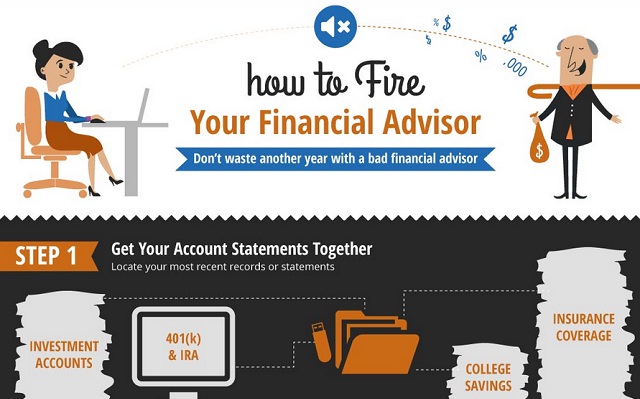Leverage The Power Of Class Bonds In Real Estate To Open A Globe Of Regulatory Conformity And Infrastructure Dedications
Leverage The Power Of Class Bonds In Real Estate To Open A Globe Of Regulatory Conformity And Infrastructure Dedications
Blog Article
navigate to this web-site -Greenwood Lee
When it pertains to navigating the intricacies of the realty industry, understanding the ins and outs of neighborhood bonds is crucial. From ensuring compliance with local policies to fulfilling infrastructure commitments, these bonds hold considerable value in development jobs. However exactly what are the elaborate details behind class bonds and exactly how do they impact different stakeholders in the property market? Let's discover the fundamentals that can aid you make notified decisions and successfully browse the world of community bonds in real estate.
Objective of Community Bonds
Comprehending the function of class bonds is essential for real estate programmers intending to abide by local laws and make sure economic duty. These bonds function as a type of assurance to regional towns that the necessary facilities enhancements will certainly be completed by the designer.
By publishing https://www.propertycasualty360.com/2019/10/23/surety-bonds-101-the-basics-and-what-you-need-to-know/ , you're basically promising to end up the required public renovations, such as roadways, walkways, and energies, within the specified duration.
As a designer, securing a subdivision bond demonstrates your dedication to meeting your obligations and safeguarding the community's passions. It gives assurance to the local government that the suggested neighborhood won't end up being a problem on taxpayers if the task is left incomplete. Additionally, having a subdivision bond in place can enhance your online reputation in the market and construct trust fund with stakeholders.
Types of Class Bonds
Set apart in between the different types of neighborhood bonds to identify which finest fits your project's requirements. There are three main sorts of community bonds commonly utilized in the property sector: Performance bonds, payment bonds, and maintenance bonds.
Performance bonds ensure that the developer finishes the class based on the accepted plans and policies. If the designer falls short to do so, the bond will certainly cover the expenses to finish the task. Payment bonds ensure that all subcontractors and distributors are paid for their service the class. If the designer defaults on repayments, this bond provides financial security to those parties. Maintenance bonds, on the other hand, make certain that the developer preserves the community infrastructure for a given duration after completion. This bond covers any kind of fixings or upkeep required during that time.
Understanding the differences in between these types of class bonds is essential in selecting one of the most suitable one for your specific project demands. Each kind serves a distinct objective and provides various types of defense, so it's essential to assess your task's demands meticulously before deciding.
Demands for Class Bonds
To make sure compliance with regulations, designers looking for subdivision bonds should fulfill certain needs set by regulatory authorities. These requirements are important for the effective issuance of class bonds. Here are the vital standards you require to fulfill:
- ** Financial Security **: You should show economic security and the ability to cover the prices connected with the neighborhood task.
- ** Experience and Performance History **: Having previous experience in real estate advancement and a favorable performance history can raise your opportunities of getting a subdivision bond.
- ** Conformity with Zoning Regulations **: Guaranteeing that your neighborhood prepares line up with neighborhood zoning legislations and guidelines is vital for bond approval.
- ** Environmental Effect Assessment **: In many cases, you might need to carry out an environmental impact assessment to assess the project's impacts on the atmosphere and address any type of concerns.
Meeting these needs is crucial for getting a neighborhood bond and moving on with your property growth project.
Final thought
Since you recognize the value of neighborhood bonds in the property sector, bear in mind that they resemble a safeguard for both designers and areas.
Just like a safety harness keeps a tightrope walker protected, neighborhood bonds make sure that tasks are finished responsibly and in conformity with policies.
By selecting the right bond and meeting all demands, you can navigate the property landscape with self-confidence and comfort.
